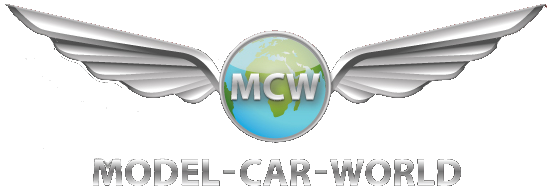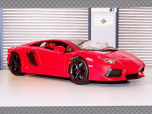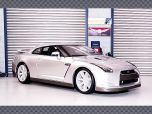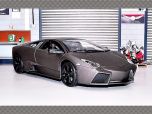What Kind of Paint Do You Use on a Diecast Car?
Diecast cars are cherished collectibles for many enthusiasts. Whether you’re restoring a vintage model or customizing a new one, choosing the right paint is crucial for achieving a professional finish. In this blog post, we’ll delve into the different types of paint suitable for diecast cars and offer tips on how to use them effectively. If you're interested in repairing diecast cars, this guide will be invaluable.
Understanding Diecast Cars
Before diving into the types of paint, it’s essential to understand what diecast cars are. Diecast cars are miniature models made from metal (usually zinc) and plastic components. They are manufactured using a process called die casting, where molten metal is poured into molds to create detailed replicas of real vehicles.
Why Paint Matters
The paint on a diecast car not only enhances its aesthetic appeal but also protects the metal surface from corrosion and wear. When repairing diecast cars, selecting the right type of paint can make all the difference between a model that looks amateurish and one that looks showroom-ready.
Types of Paint for Diecast Cars
Acrylic Paints
Acrylic paints are water-based and known for their ease of use and quick drying times. They are ideal for beginners due to their forgiving nature; mistakes can often be corrected with water before they dry completely.
Pros:
- Easy to clean up with water
- Quick drying
- Less toxic fumes compared to other types
Cons:
- May require multiple coats for full coverage
- Not as durable as enamel paints
Enamel Paints
Enamel paints are oil-based and provide a hard, glossy finish that is highly durable. They are often preferred by experienced modelers who want long-lasting results.
Pros:
- Highly durable
- Provides a glossy finish
- Excellent coverage with fewer coats
Cons:
- Longer drying times
- Requires solvents like mineral spirits for cleanup
- Strong fumes; proper ventilation is necessary
Lacquer Paints
Lacquer paints offer an ultra-smooth finish and dry very quickly. However, they can be more challenging to work with due to their strong fumes and need for specialized thinners.
Pros:
- Dries very quickly
- Provides an ultra-smooth finish
- Highly durable once cured
Cons:
- Strong fumes; requires excellent ventilation
- Can be tricky to apply evenly without experience
- Requires lacquer thinner for cleanup
Preparing Your Diecast Car for Painting
Proper preparation is key when repairing diecast cars. Here’s how you can prepare your model:
Disassemble the Car
Carefully disassemble your diecast car using small screwdrivers or pliers. Remove all plastic parts like windows, tires, and interiors to avoid damaging them during painting.
Strip Old Paint
Use a paint stripper specifically designed for metal surfaces to remove old paint. Apply the stripper according to the manufacturer’s instructions and use fine-grit sandpaper or steel wool to remove any remaining residue.
Clean the Surface
Thoroughly clean your diecast car with soap and water or rubbing alcohol to remove any grease or dirt. Allow it to dry completely before proceeding.
Primer Application
Applying a primer is essential as it helps the paint adhere better and provides a uniform base color. Choose a primer compatible with your chosen type of paint (acrylic, enamel, or lacquer). Spray primers work best as they provide even coverage.
Painting Your Diecast Car
Once your car is prepped, you’re ready to start painting:
Choose Your Tools
For best results, use an airbrush or spray cans specifically designed for model painting. Brushes can also be used but may not provide as smooth a finish.
Apply Thin Coats
Apply thin coats of paint rather than one thick coat. This will help prevent runs and drips while ensuring even coverage. Allow each coat to dry fully before applying the next one.
Sand Between Coats
For an ultra-smooth finish, lightly sand between coats using fine-grit sandpaper (around 800 grit). This helps remove any imperfections and ensures each layer adheres properly.
Finishing Touches
After painting:
Clear Coat Application
Apply a clear coat (glossy or matte) over your final layer of paint to protect it from scratches and UV damage while enhancing its appearance.
Reassemble Your Model
Once everything is dry (give it at least 24 hours), carefully reassemble your diecast car by reattaching all parts removed earlier during disassembly.
Conclusion
Choosing the right kind of paint when repairing diecast cars can significantly impact both aesthetics and durability outcomes achieved on these cherished collectibles! Whether opting acrylics' ease-of-use benefits versus enamels' long-lasting glossiness—or lacquers' ultra-smooth finishes—each option offers unique advantages tailored towards specific needs/preferences within this rewarding hobbyist pursuit!




